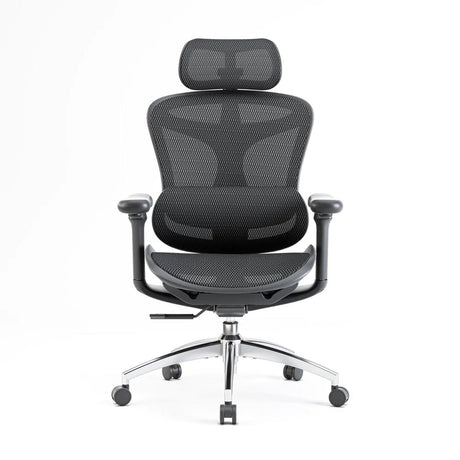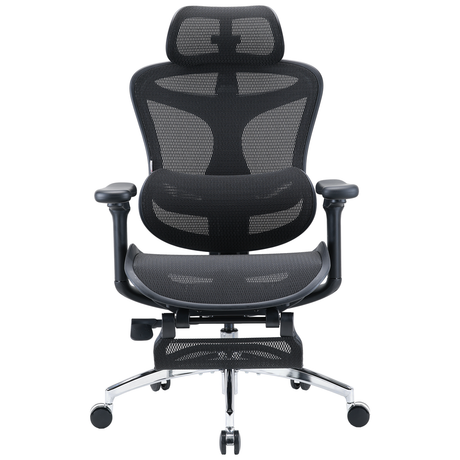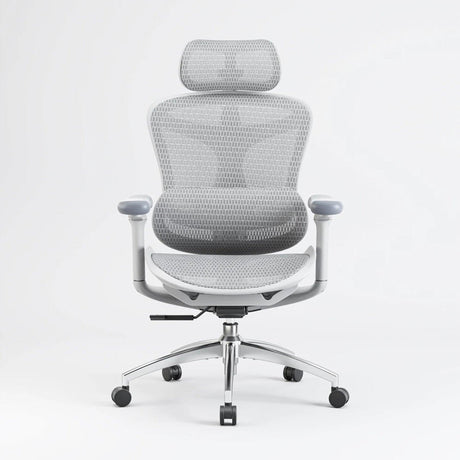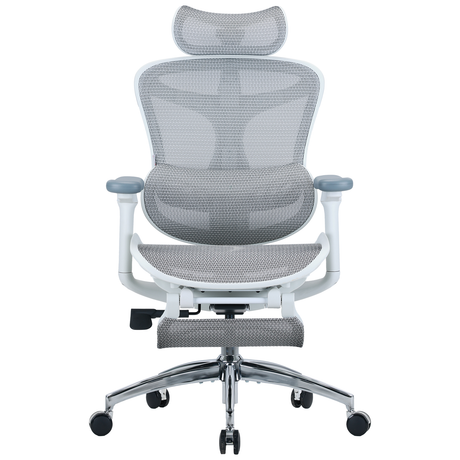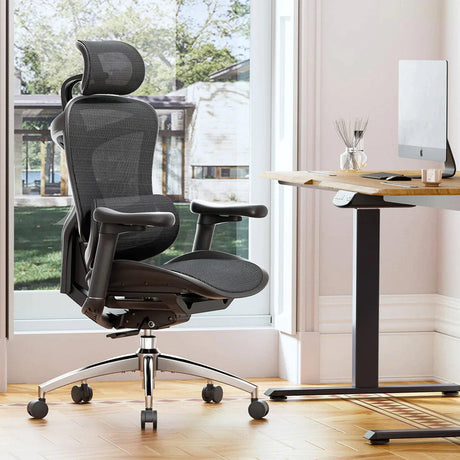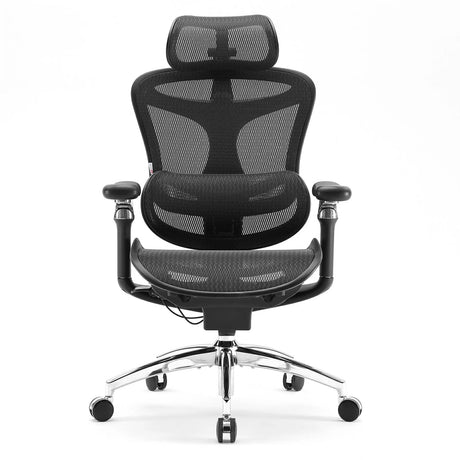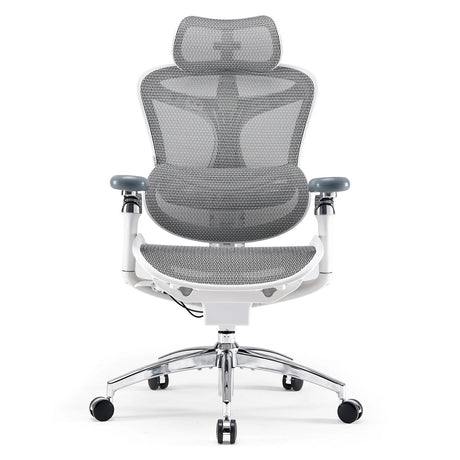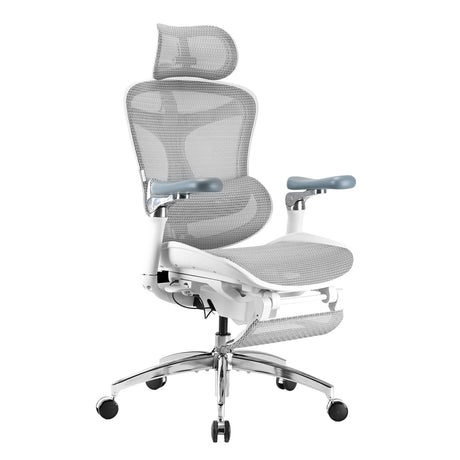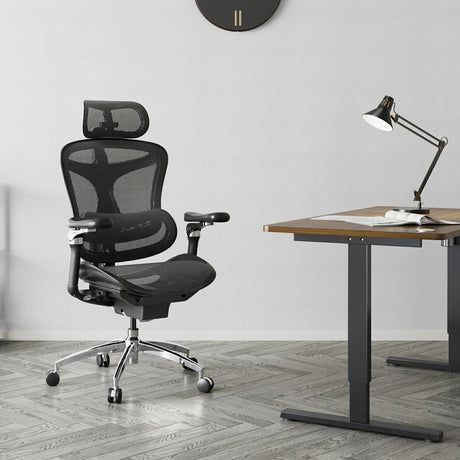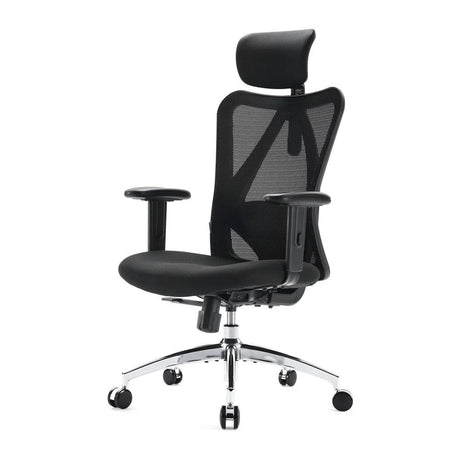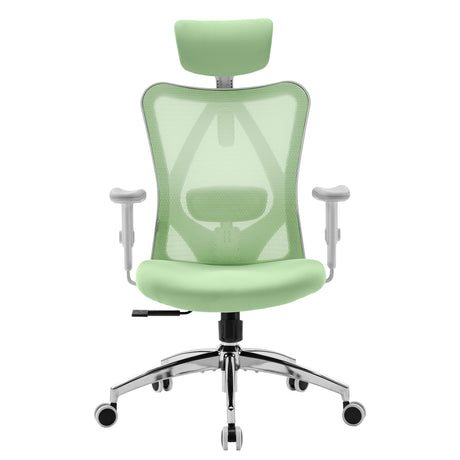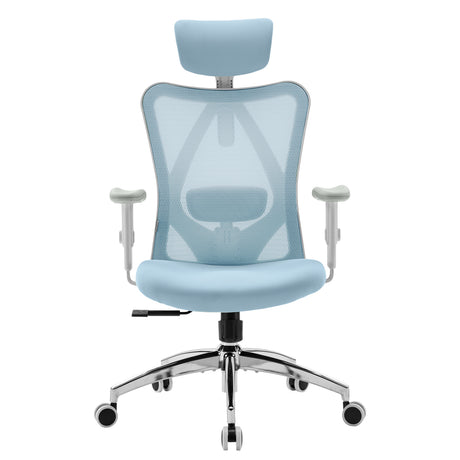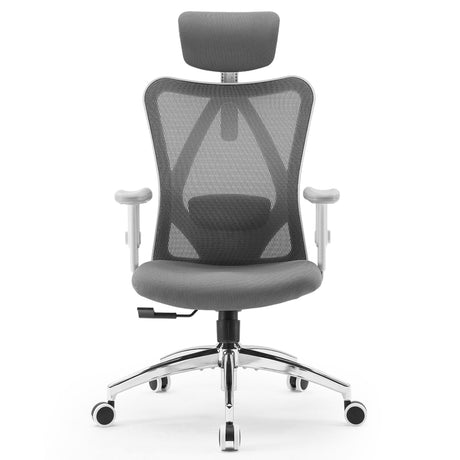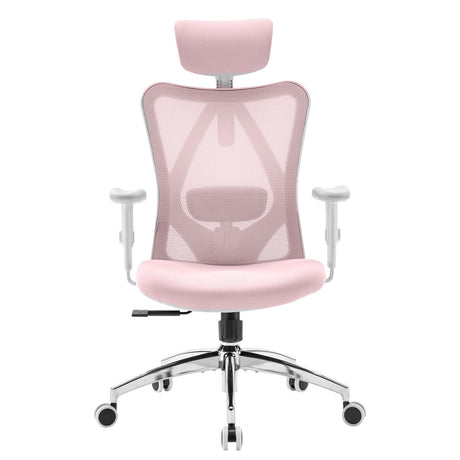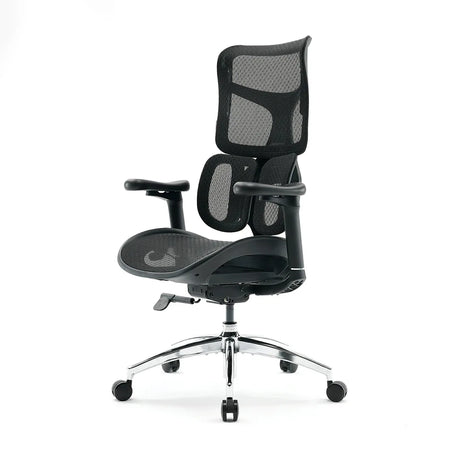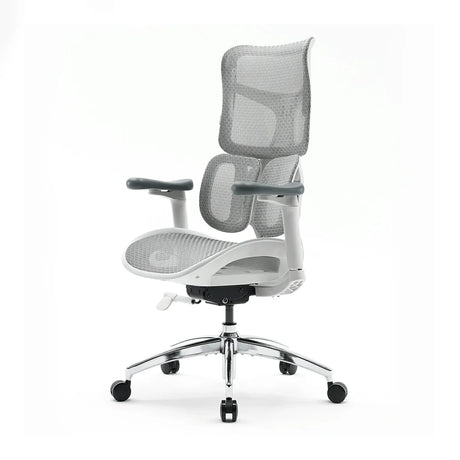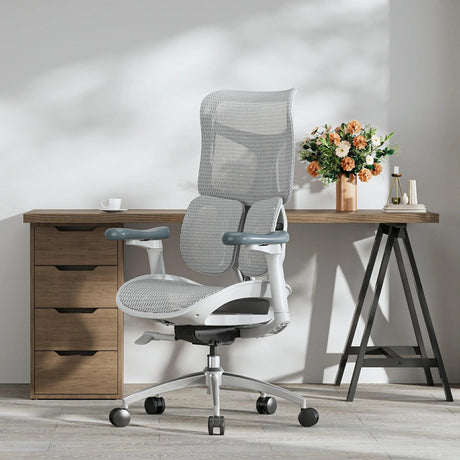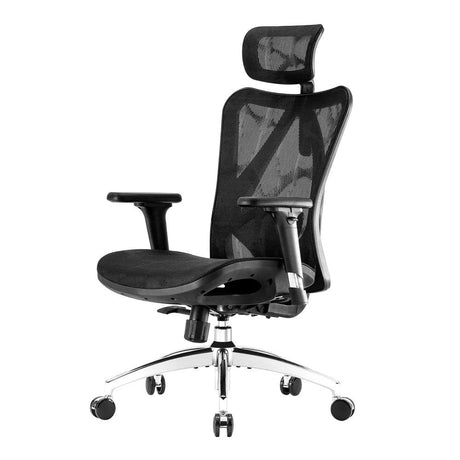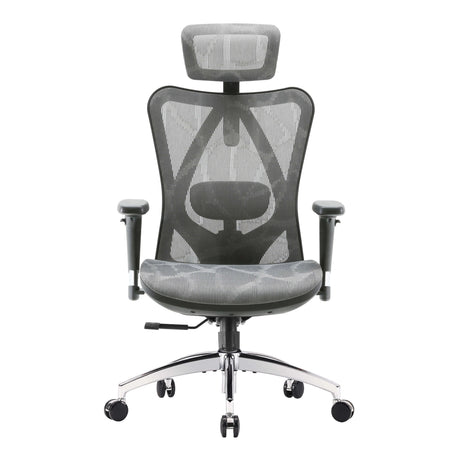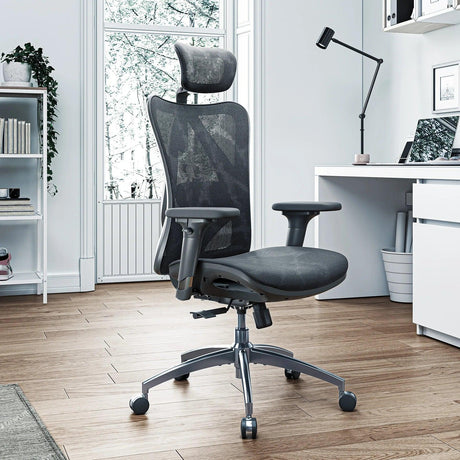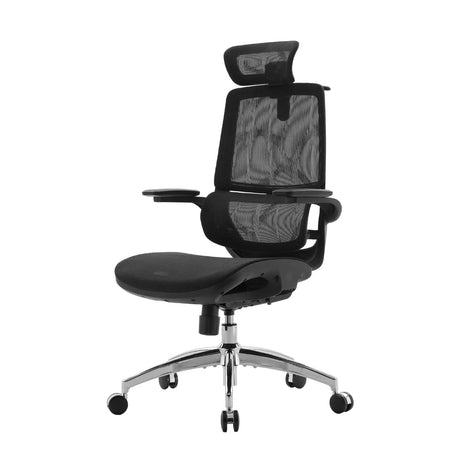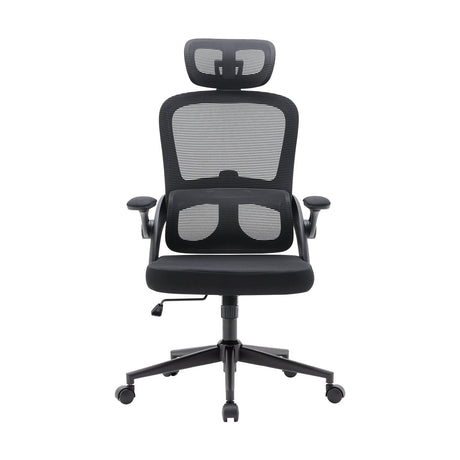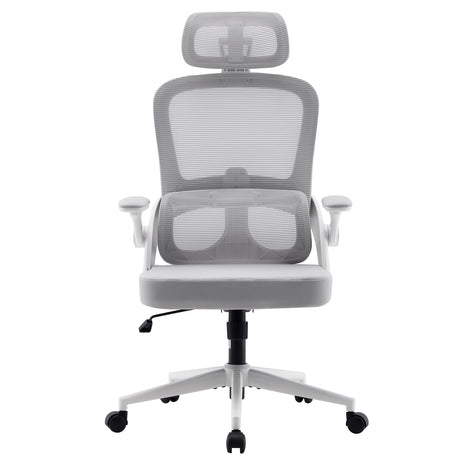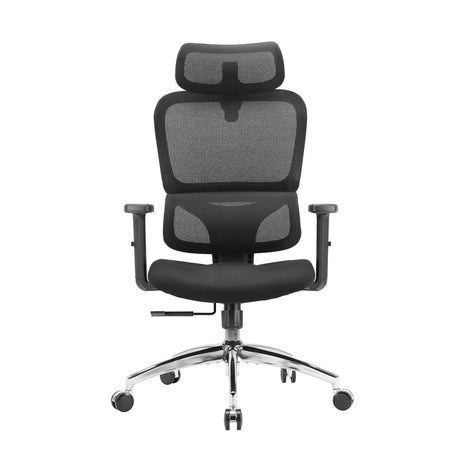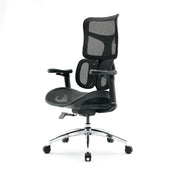Each November, the world seems to enter a shopping frenzy. From early-morning lines outside electronics stores to midnight online deals that crash servers, Black Friday has become more than just a shopping day—it’s a cultural event. But have you ever stopped to ask: why are there so many discounts on Black Friday? Why do retailers slash prices, sometimes to near cost, and why do shoppers expect it?
This post explores the economic logic, psychology, and marketing strategies behind Black Friday discounts—uncovering why businesses participate, how consumers benefit, and what makes this global phenomenon so powerful.
1. The Origin of Black Friday Discounts
Black Friday’s roots stretch back to the early 20th century, long before online shopping existed. The day after Thanksgiving marked the unofficial start of the holiday shopping season in the United States. Retailers noticed that families—fresh from celebrating and ready to prepare for Christmas—would flood downtown stores.
The term “Black Friday” was initially negative, coined by police officers in Philadelphia during the 1960s to describe the chaos of traffic and crowds. However, retailers rebranded it positively: a day when sales would push their finances “into the black” (meaning profit, as opposed to “in the red,” which signified loss).
This rebranding laid the groundwork for the tradition of offering steep discounts to attract shoppers. Once customers expected bargains, the event became an annual sales anchor—spreading globally and setting the tone for holiday commerce.
2. The Economic Logic Behind Black Friday Sales
2.1 Clearing Inventory Before the New Year
Retailers use Black Friday as a strategic inventory reset. By late November, many stores are carrying products that need to move before the new fiscal year or the next product cycle.
Discounting helps clear shelves for new models, seasonal items, and holiday goods.
For example:
- Electronics brands discount older TVs before newer models arrive in December or January.
- Furniture and home brands use the event to promote overstock or discontinued items.
- Fashion retailers push autumn collections to make room for winter stock.
Even with lower profit margins, the cash flow and storage space savings often justify the deep discounts.
2.2 Stimulating Consumer Demand
Economically, discounts tap into price elasticity—the idea that lower prices increase consumer demand. Retailers understand that cutting prices temporarily can drive large spikes in volume.
While a 40% discount might reduce profit per item, total revenue may rise due to the surge in purchases.
In addition, Black Friday encourages consumers to buy multiple items at once, creating higher average order values (AOVs). This is especially evident in e-commerce, where customers are easily nudged to add complementary items to their carts.
2.3 Competitive Signaling
Black Friday has evolved into a competitive stage where retailers fight for consumer attention. If one major brand drops prices, others must follow to remain relevant.
In industries like electronics, home goods, and fashion, failure to participate in Black Friday can appear as weakness or lack of competitiveness.
This arms race of discounts has turned the event into an annual pricing spectacle—an economic and psychological contest that customers eagerly anticipate.
3. The Psychology of Black Friday Discounts
3.1 The Power of Urgency and Scarcity
Black Friday thrives on limited-time urgency and scarcity marketing.
“Only today.”
“Ends at midnight.”
“Limited stock.”
These cues create a sense of pressure and excitement, triggering FOMO (fear of missing out). Studies in consumer behavior show that scarcity increases perceived value—people are more likely to buy something if they believe it’s rare or temporary.
3.2 The Dopamine of a Good Deal
Humans are wired to seek reward. Securing a deal gives a dopamine boost similar to achieving a goal or winning a game. Retailers amplify this by highlighting “Before and After” prices, making customers feel victorious.
This explains why shoppers often buy items they didn’t plan to. The emotional satisfaction of saving money sometimes outweighs rational financial calculation—a behavior known as the “shopping high.”
3.3 Social and Cultural Influence
Over decades, Black Friday has become a shared social ritual. Families plan shopping routes, online communities share coupon codes, and influencers post “haul” videos.
Participating in Black Friday feels like being part of something larger than oneself—a cultural event blending celebration, consumption, and connection.
4. The Business Strategy Behind the Discounts
4.1 Customer Acquisitionx
For many brands, Black Friday isn’t about short-term profit—it’s about customer acquisition. By offering irresistible entry deals, companies attract new buyers who might stay loyal long after the holidays.
For instance, a customer who buys a discounted ergonomic chair might later return to purchase a standing desk, office accessories, or even recommend the brand to friends.
4.2 Building Lifetime Value (LTV)
Modern marketing focuses less on one-time sales and more on lifetime customer value.
A well-executed Black Friday campaign introduces customers to a brand’s ecosystem—email newsletters, loyalty programs, and personalized promotions—laying the foundation for future purchases.
4.3 Data Collection and Retargeting
E-commerce brands use Black Friday to collect valuable data—from browsing behavior to purchase patterns. This information helps refine future marketing strategies, create personalized offers, and enhance targeting accuracy for upcoming campaigns like Cyber Monday or Christmas sales.
5. The Rise of Online Black Friday (and Cyber Week)
With the digital revolution, Black Friday evolved far beyond physical stores. Online platforms now dominate, offering 24-hour convenience and global reach. Many retailers stretch promotions over several days—sometimes an entire week or month—creating what’s now known as Cyber Week.
5.1 The Algorithmic Salex
Online stores use algorithms to dynamically adjust prices during Black Friday. These systems analyze competitor pricing, traffic spikes, and consumer behavior to optimize sales performance in real time.
5.2 The Influence of Social Mediax
Social platforms have transformed how brands announce and amplify their Black Friday deals. Hashtags like #BlackFridayDeals and #CyberMonday dominate timelines, while influencers and affiliates help brands reach millions organically.
5.3 The Globalization of Discounts
What began as an American retail tradition has now become a global phenomenon.
Countries like Canada, the UK, Germany, and even China have adopted the concept—sometimes merging it with local sales events. The result is a unified global shopping season where cross-border e-commerce thrives.
6. The Ethical and Economic Debate
6.1 Consumerism vs. Conscious Shopping
While Black Friday brings joy to many, it also raises ethical questions about overconsumption. Environmental advocates criticize the event for encouraging waste and impulsive buying.
However, many modern brands have pivoted toward responsible discounting—offering durable, sustainable products at fair prices rather than fast-fashion throwaways.
6.2 Supporting Meaningful Purchases
Consumers today are more mindful of quality and longevity. Instead of buying five cheap items, many prefer investing in one premium product that lasts years—such as an ergonomic chair designed to protect posture and health.
This shift toward mindful shopping benefits both customers and brands that prioritize craftsmanship, sustainability, and wellness.
7. Case Study: Investing in Comfort During Black Friday
One interesting pattern during Black Friday is the rise in home office and wellness product sales. Since remote work became common, more consumers are channeling their budgets toward comfort and productivity rather than impulse gadgets.
This is where ergonomic brands like Sihoo come in.
7.1 Why Sihoo Chairs Stand Out During Black Friday
Sihoo’s office chair black friday—such as the Sihoo Doro S300, Sihoo Doro C300, and Sihoo Doro S100—often appear in Black Friday promotions not because they’re clearing inventory, but because they offer long-term value at accessible prices.
Instead of discounting low-quality goods, Sihoo uses the season to make high-quality ergonomic comfort more attainable. Their chairs are designed with:
- Dynamic lumbar support that adapts to your spine’s movement.
- Aerospace-grade materials for durability and flexibility.
- Weight-sensing recline systems that deliver a near-weightless seating experience.
- 4D and 6D coordinated armrests that support every working or gaming posture.
In other words, Sihoo’s Black Friday discounts aren’t about pushing unsold stock—they’re about helping more people experience healthier sitting.
7.2 A Smart Black Friday Investment
Many consumers regret impulsive purchases after Black Friday. But ergonomic furniture rarely falls into that category.
A Sihoo chair transforms how you work, play, or study—making it a meaningful investment rather than a fleeting deal.
When comparing offers this season, look for products that bring lasting comfort, performance, and health benefits. A well-engineered chair, for instance, supports your spine every day for years—making that discount truly valuable.
8. How Businesses Plan Black Friday Discounts
8.1 Forecasting and Pricing Strategy
Months before November, companies analyze market trends, inventory levels, and competitor pricing. The goal is to identify which products can handle discounting without eroding long-term profit.
Retailers often use tiered discount strategies:
- Entry products get larger cuts to attract new buyers.
- Premium lines receive smaller, strategic discounts to maintain brand prestige.
- Bundles and add-ons offer hidden value while keeping margins healthy.
8.2 Marketing and Timing
Timing is everything. Some brands release teaser campaigns in early November to build anticipation, while others focus on flash sales during the main event.
Email marketing, paid ads, and influencer collaborations play crucial roles in maximizing reach. Many businesses also rely on affiliate marketing networks to amplify promotions globally.
8.3 Logistics and Customer Experience
The operational side of Black Friday is equally complex. Companies must prepare for massive traffic surges, increased return volumes, and delivery bottlenecks.
Brands that provide smooth checkout experiences, responsive support, and reliable shipping often outperform those offering slightly steeper discounts but weaker customer service.
9. The Future of Black Friday Discounts
9.1 Extended Promotions
Black Friday is no longer a one-day event. Expect brands to continue extending deals across Cyber Week, Holiday Sales, and even Pre-Black Friday events throughout November.
9.2 Personalized Discounts
With AI and data analytics, brands are shifting toward personalized pricing—offering individual deals based on browsing history, loyalty status, or purchase behavior.
9.3 Sustainability-Focused Campaigns
Consumers increasingly reward companies that balance savings with social responsibility. Future Black Fridays may spotlight eco-friendly, ergonomic, or wellness-oriented products rather than disposable trends.
10. How to Shop Smart on Black Friday
10.1 Make a Plan
List what you actually need before the sale begins. Focus on essential, long-term items—like work tools, electronics, or ergonomic furniture.
10.2 Compare Prices
Check price histories to ensure you’re seeing a genuine discount, not an inflated pre-sale price cut.
10.3 Read Reviewsx
Authentic customer reviews can reveal more than marketing pages. Look for consistent feedback on comfort, durability, and support.
10.4 Prioritize Quality
A high-quality item that’s discounted 15% is often a better investment than a low-quality one at 50% off. Think long-term.
FAQs About Black Friday Discounts
1. Why do companies offer such big discounts on Black Friday?
Retailers discount heavily to attract attention, boost sales volume, and clear inventory. It’s also a marketing strategy to gain new customers and strengthen brand visibility during the year’s busiest shopping season.
2. Are Black Friday discounts genuine?
Usually, yes—but always verify. Some retailers mark up prices before discounting. Trusted brands like Sihoo maintain transparent pricing, offering genuine value without manipulation.
3. Do online and in-store discounts differ?
They can. Online discounts are often broader, while in-store promotions may include exclusive bundles or doorbusters. Many consumers now prefer online shopping for convenience and broader selection.
4. When is the best time to buy ergonomic chairs or office equipment?
Black Friday and Cyber Monday are excellent opportunities. Reputable ergonomic brands often provide real discounts on premium models—perfect for upgrading your workspace affordably.
5. How can I avoid impulse buying during Black Friday?
Create a list, set a budget, and stick to it. Focus on items that improve your daily life or productivity—like a quality chair or standing desk—rather than purely emotional purchases.
Conclusion: The Real Meaning of Black Friday Discounts
At its core, Black Friday is a symbiosis between consumers and businesses. Retailers gain traffic, exposure, and data, while consumers enjoy savings and access to premium products.
However, the smartest shoppers recognize that the best discounts aren’t just about paying less—they’re about buying better.
So this Black Friday, look beyond the flashing banners. Choose brands that stand for quality, health, and design excellence—brands like Sihoo, whose ergonomic chairs deliver genuine comfort, not gimmicks.
Because a deal isn’t truly great unless it makes your life better long after the sale ends.


